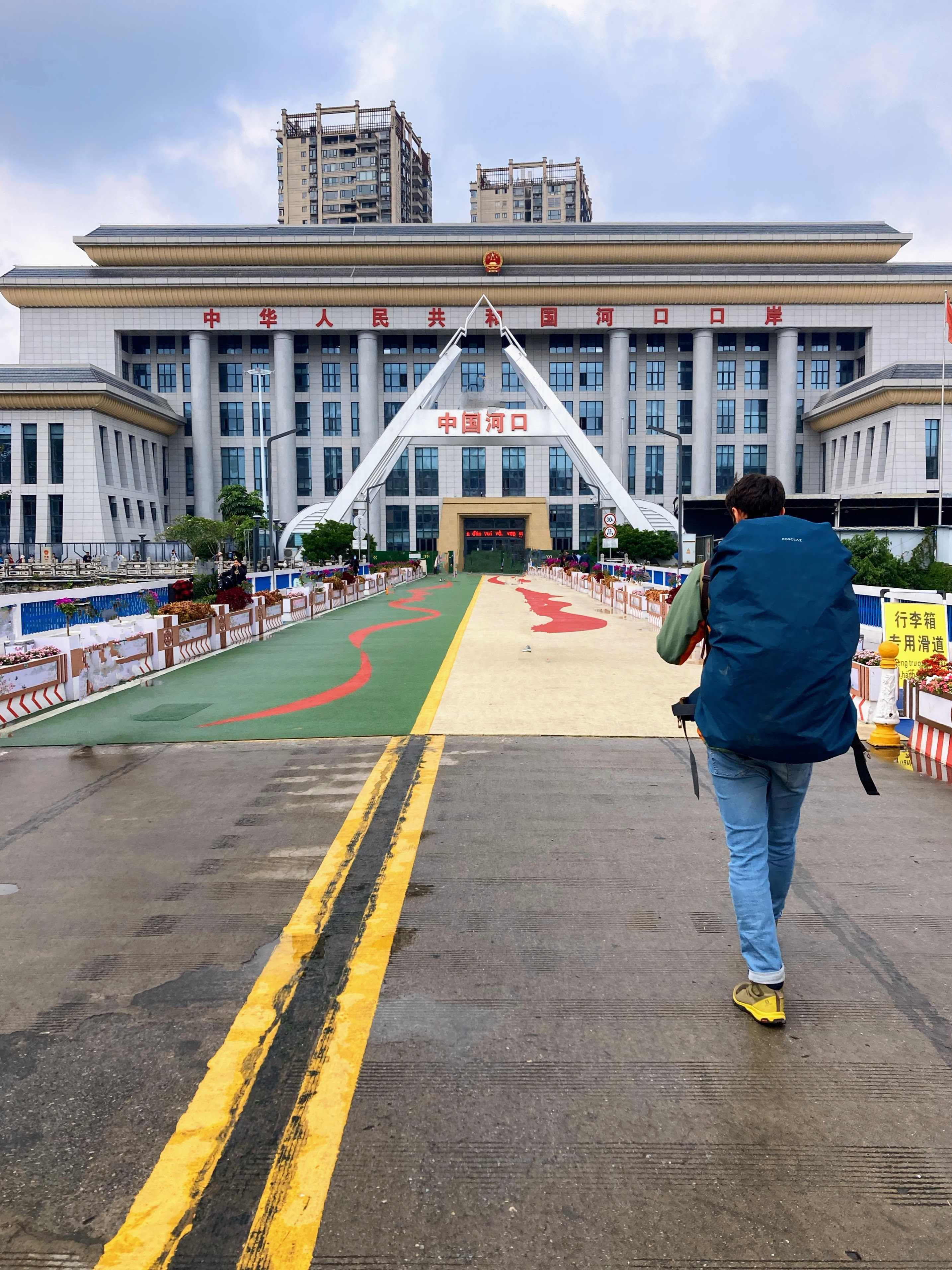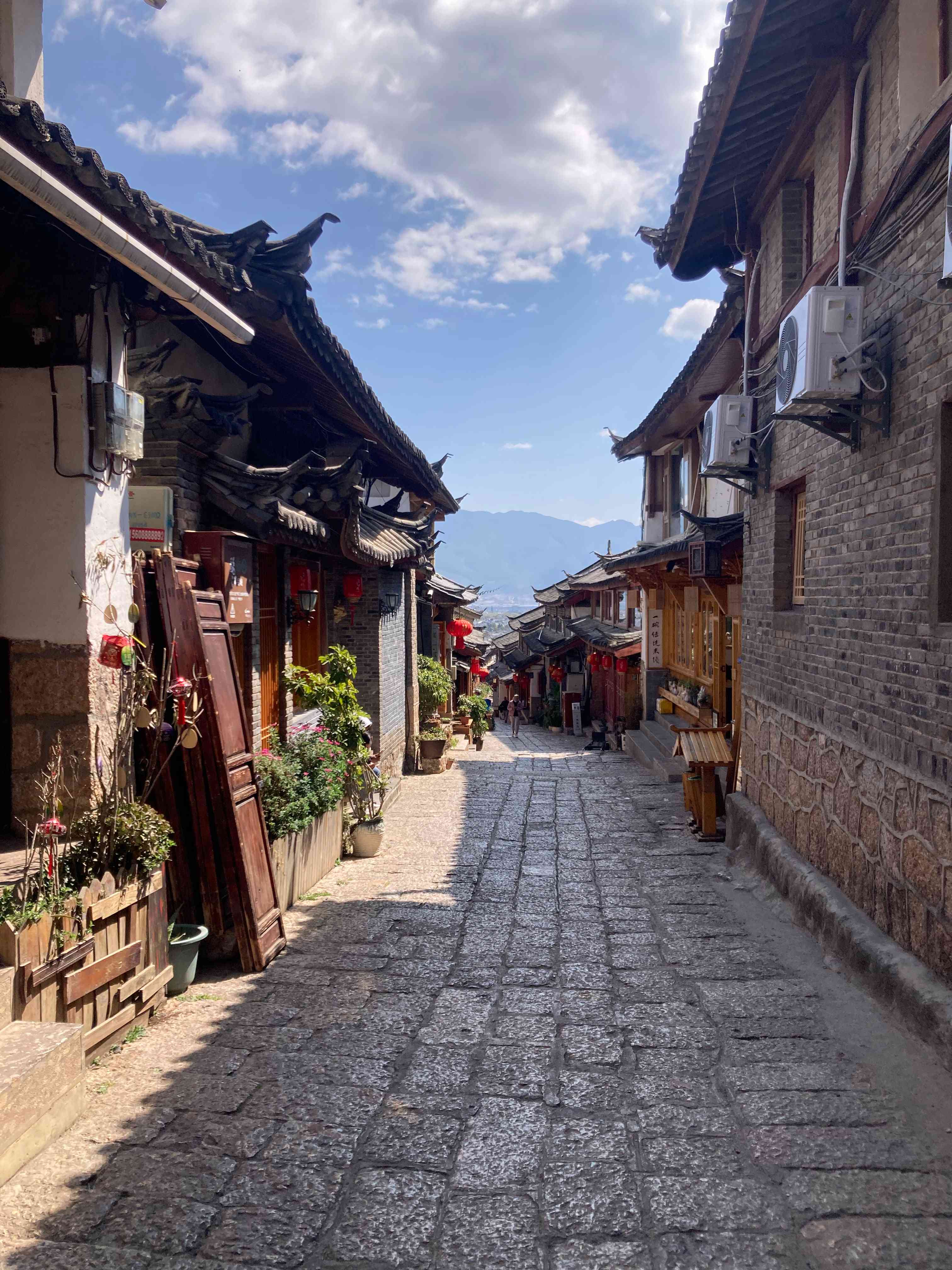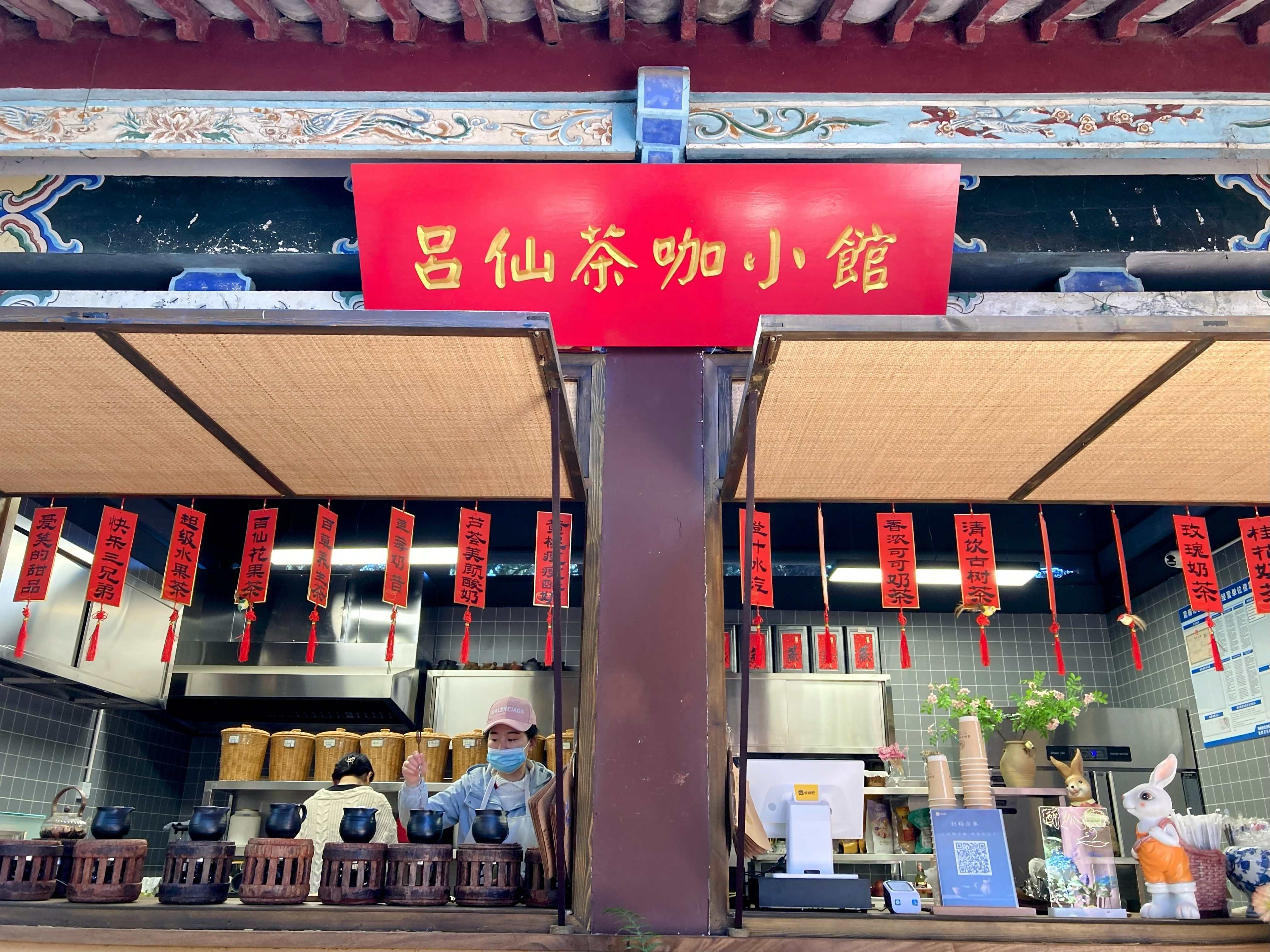We decided to travel to China in 2024 after a 14-day Visa-free policy was issued by China for several countries' passport holders (you can check here if your country is included in the list). Moreover, we were told by the Chinese embassy in Italy that if we were to visit Hong Kong, it would not count toward the 14 days. We could potentially stay in China for 14 days, visit Hong Kong with a different free Visa, and later enter again in China with another 14-day Visa-free grant. You can read about our Yunnan experience here.
Our last stop in the North of Vietnam was at Sapa, a tourist town famous for being a starting point for trekking among different ethnic tribes in Vietnam, and for its rice terraces landscape. From there we decided to start our adventure in China, and specifically visit the Yunnan region. In this guide, we will explain step by step how to cross on foot the border from Sapa to reach Kunming or Yuanyang Rice Terraces.We will also provide you with useful Google maps marking the key points of the journey because Google Maps is not reliably mapped at Lao Cai and Hekou (in general you will see in China is not useful at all).
We can divide the journey into these 4 chunks:
- From Sapa to Lao Cai
- Border crossing Lao Cai - Hekou
- Hekou to Hekou train station
- Hekou train station to Kunming
Alternatively, you can decide to visit the Yuanyang Rice Terraces (Unesco site for rice terraces landscape) and not Kunming first.
From Sapa to Lao Cai ( around 1h bus)
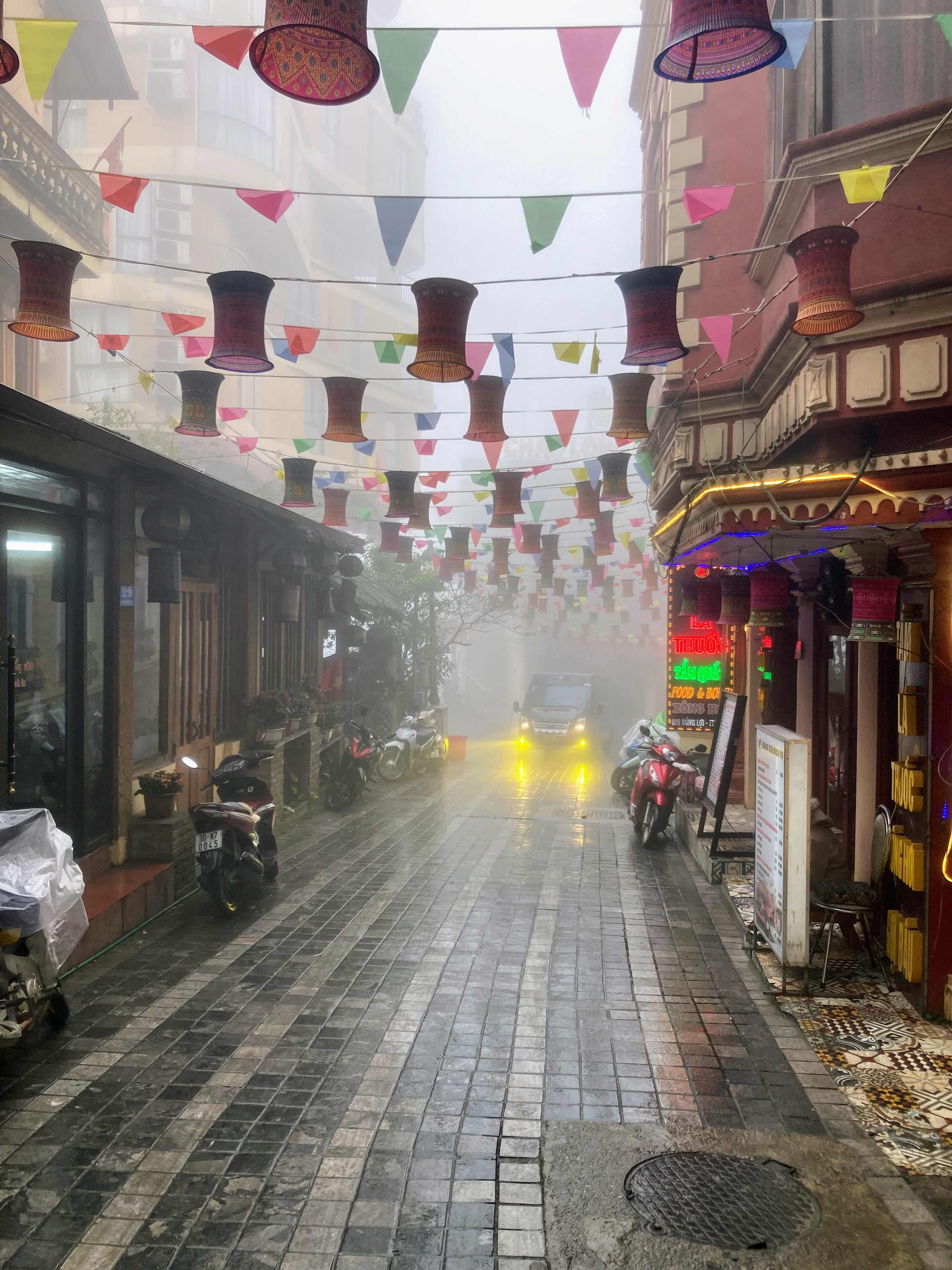
We left Sapa at around 9 am. The bus from Sapa to Lao Cai leaves near the church in Sapa (Gmaps location). It starts very early in the morning and departs every 30 minutes. We paid around 40k dong (1.5 Euro each).
We just walked from our hotel accommodation in the city center to the bus stop close to the church.
From there the bus ride is around 1 hour. We told the driver we were headed to the border, so he left us 15 minutes walking from it. We then walked directly to the border crossing and entered it.
Lao Cai - Hekou Border Crossing Map
The Vietnam-China border on Google Maps is not reliably mapped. Google’s borderline is in the wrong place on the map, and the river has also the wrong position. You will see that in China you need a completely different set of apps on your phone because the maps we are used to in other countries are not up to date there.
We mapped therefore the most important location you need to know to cross the border fully prepared! Have a look at it here.
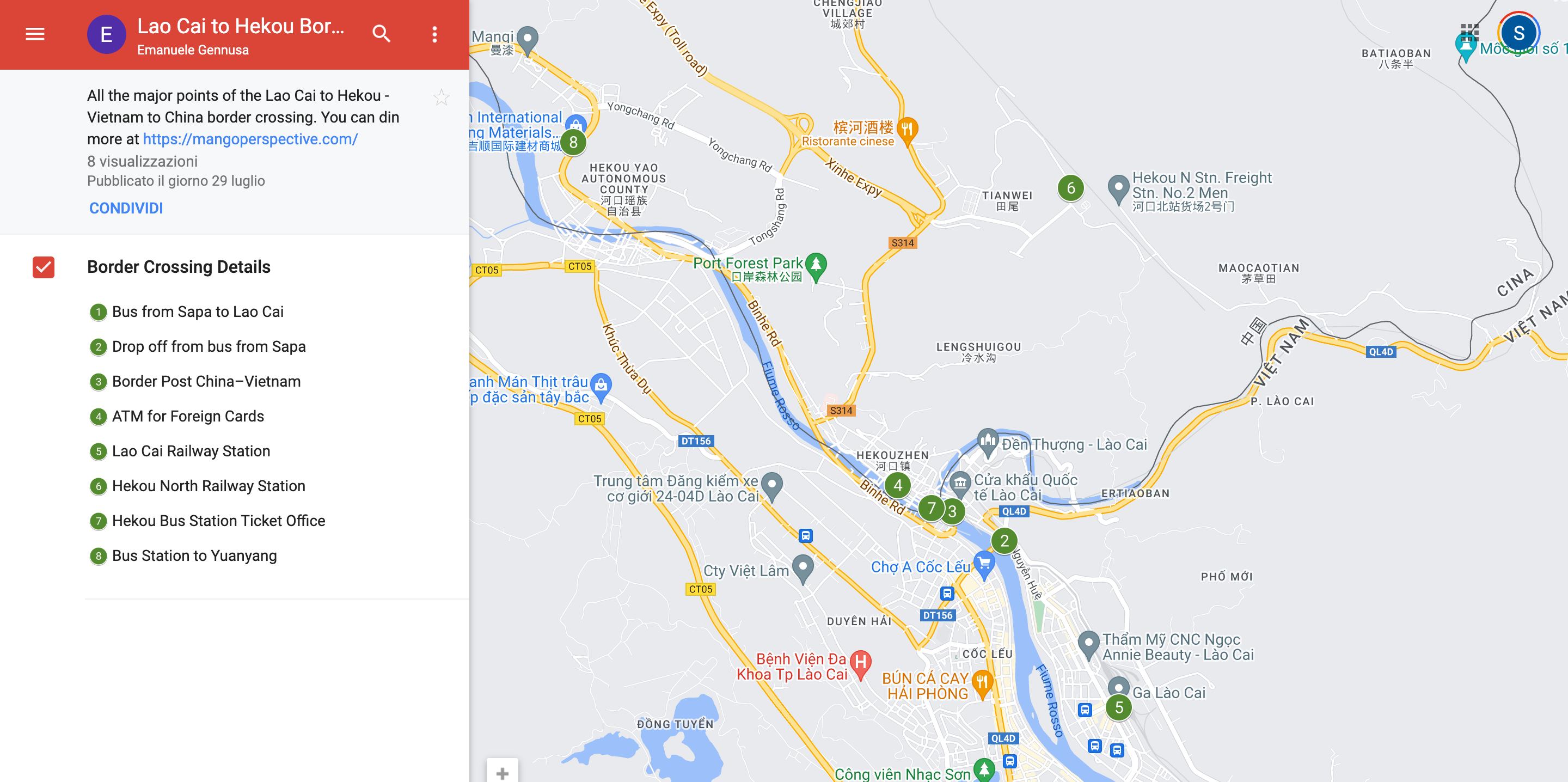
Border crossing Lao Cai - Hekou
The border crossing on the Vietnamese side was pretty usual: we had to stand in line and after some waiting we had our passport stamped.
After that, we walked around 100m to get to the Chinese side. Chinese police before the stamping asked us politely the reason for our visit and since we were there as tourists there were no follow-up questions.
When we reached the border control, they asked us a few questions related to our trip but nothing tricky or out of the ordinary. We were worried about being asked many questions because didn’t even have a flight out of the country. However, it was not an issue and they did not need it. They were genuinely interested in our plans since we were the only Westerners in line.
It took overall around 1 hour to complete the whole procedure, but I would say it depends on how many people there are in line. The border is full of transnational workers so be sure to plan some extra time there.
Hekou to Hekou train station
As soon as we got out of the customs, a taxi driver approached us (they are often there waiting for people). We were in a hurry to catch the train and we got lucky a friendly man immediately took us there. No English at all was spoken, so we used a translator app. The man was anyway quite sure that the train station was most likely our destination (there is no reason to stop in Hekou, and the only other usual tourist destination is the bus station which is not so far from the border control).
It took us around 15 minutes to get to the train station. Luckily we exchanged some cash at the border from Dong to Yuan so we were able to pay him in cash. He was quite surprised to receive cash and did not have change for us but after asking a couple of shops he managed to give us back the money. As said, everybody in China nowadays pays through their phone.
Hekou train station to Kunming
You can check the train schedule from Hekou to Kunming on trip.com. At the time we crossed the border (March 2024) there were only 2 trains after 1 am Chinese time going directly to Kunming. The whole journey by train takes around 4 hours and a half.
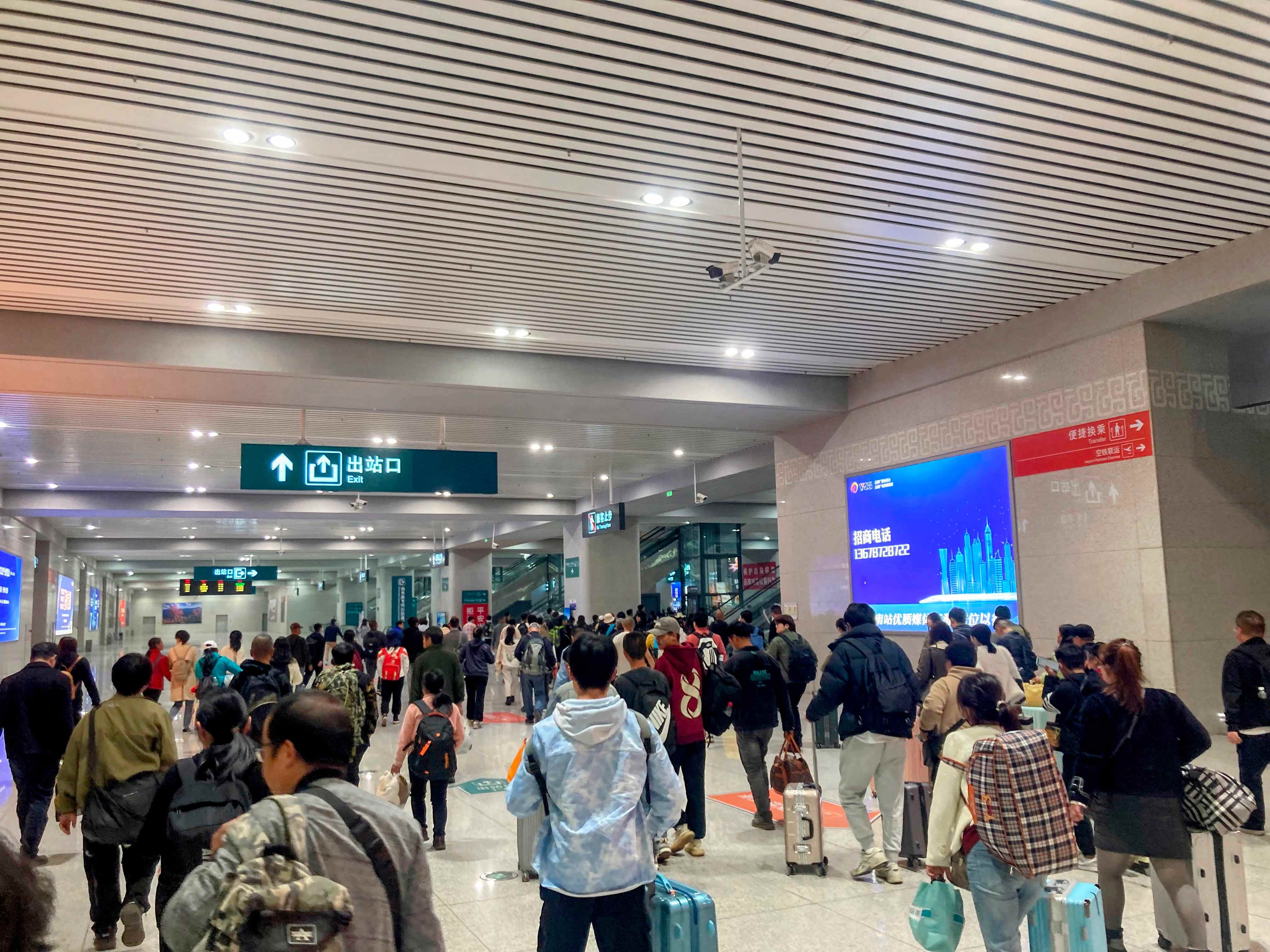
We arrived at the train station, gave our passports and booked 2 tickets directly there at the counter. We managed to take the train for 1 minute and if it was not for the friendly police who allowed us to go fast through the controls we could not have made it!
Our first impression of China was very positive and full of surprises: everybody was super helpful and willing to help despite the lack of English. We had prejudices about Chinese police that turned out to be wrong.
We finally arrived in Kunming during the evening and from there we had to take another train to reach the city centre and finally check in to our hostel.
Alternative: from Hekou to Yuanyang Rice Terraces
If you want to visit the Yuanyang Rice Terraces, a Unesco world heritage site instead of going to Kunming, you will need to go to the bus station (ask the taxi driver) and get a bus to Xinje. From Xinje you will need most likely to catch another bus to Yuanyang. Since there was no bus planned in the afternoon and we did not want to waste a day in Hekou at the border, we decided not to visit Yuanyang. We have seen many rice terraces in Vietnam and since it was our first time in China we wanted to reach first Kunming to plan better our visit in Yunnan.
Tips
- China is one hour ahead of Vietnam: mind this when preparing your plan. We almost lost the train to Kunming because we forgot about the time differences between the 2 countries.
- Install the right apps on your phone before entering China: (check our article on the 7 essential mobile apps you need in China) We did not have yet the right payment apps on our phones so we lost a bit of time after passing the border to get to the Hekou train station
- Have some Yuan (Chinese currency) with you: Exchange some Dong at the border into Yuan. There were many people at the border to exchange money with a favorable exchange rate. China is almost a cash-free society, but cash was handy to us to reach quickly the train station in Hekou with a taxi.
- Plan a lot of extra time: As usual, when you backpack in Asia, plan a lot of extra time. There are a lot of steps and transport involved from Sapa to Kunming and many things could not go precisely as you plan. You might miss a bus or there might be many people at the border. If you want to enjoy it, make sure to have extra time to kill here and there to factor in the unexpected.
If you have questions, doubts, or improvements, feel free to get in touch! Enjoy China ❤️
